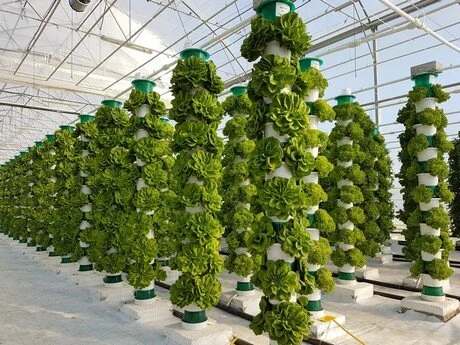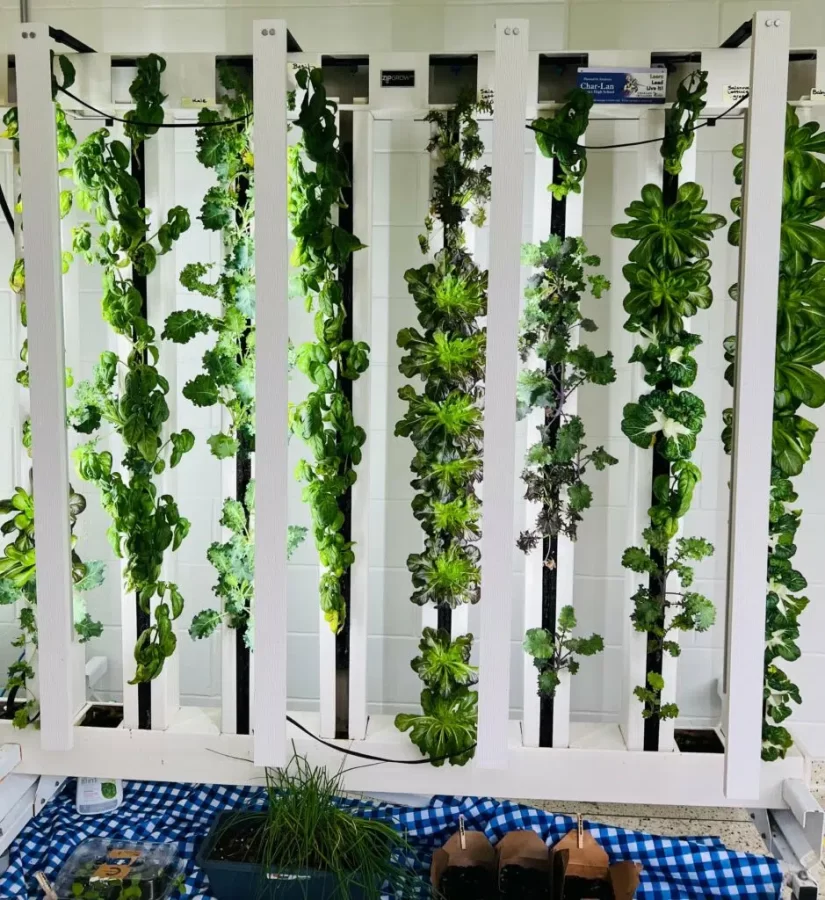Hydroponics—growing plants without soil, usually by delivering nutrients in water—is moving from science fair projects and urban farms into larger commercial and community operations. Schools, start-ups, and researchers are improving hydroponic systems with better sensors, renewable energy, and water recycling. Understanding the benefits, the changes underway, and likely future impacts helps us evaluate whether hydroponics can make food systems fairer and greener.
One big benefit of hydroponics compared with regular soil farming is resource efficiency. Hydroponic systems can use far less water because nutrient solutions are recirculated rather than lost to deep soil; some reviews report water savings of up to around 90% for certain systems. They also allow tighter control of nutrients, reduce or eliminate soil-borne pests (so fewer pesticides are needed), and enable higher crop density and year-round production in a smaller footprint, which raises yields per square meter. Those strengths make hydroponics especially beneficial where water and farmable land are limited.
Hydroponics is already affecting society and local environments today. Small vertical and container farms are being installed in cities, community centers, schools, and even repurposed buildings to cut food delivery distance and supply fresh produce to neighborhoods with poor access to healthy food. At the same time, academic studies and pilots show that combining hydroponics with renewable energy and treated greywater can dramatically reduce greenhouse gases and freshwater footprints compared with grid-powered systems that rely on fresh water. However, not every hydroponic setup is automatically greener. Energy use for lighting, heating, and climate control can be high for some indoor farms, and the environmental benefit depends on system design, whether renewables are used, and how waste growing media are managed.
Looking ahead, current trends suggest hydroponics could strengthen urban food resilience and reduce pressure on farmland while continuing to improve its environmental performance. Researchers and practitioners are integrating solar power, better energy-efficient lighting, nutrient recycling, and treated wastewater to lower emissions and resource use. Market reports and growing local-scale projects indicate expanding adoption, especially for leafy greens and specialty crops in cities and water-stressed regions. As energy systems get cleaner and costs fall, hydroponic production will likely become more competitive and widespread.
Hydroponics is not a silver bullet, but it is a powerful engineering tool in the toolbox for future food systems. When well designed, using efficient water recirculation, renewable energy, responsible growing media, and local distribution, hydroponic systems can deliver fresher food closer to consumers, conserve water and land, and help communities adapt to climate change. For students interested in engineering, hydroponics provides hands-on projects that combine mechanics, sensors, environmental science, and systems thinking—a great way to design solutions that matter.
Works Cited:
Brahlek, A. (2023, January 16). Advantages & disadvantages of hydroponics. www.trees.com/gardening-and-landscaping/advantages-disadvantages-of-hydroponics
National Agricultural Library. (n.d.). Hydroponics. U.S. Department of Agriculture. https://www.nal.usda.gov/farms-and-agricultural-production-systems/hydroponics
Rajaseger, G., et al. (2023, September 30). Hydroponics: Current trends in sustainable crop production. U.S. National Library of Medicine. https://pmc.ncbi.nlm.nih.gov/articles/PMC10625363/









